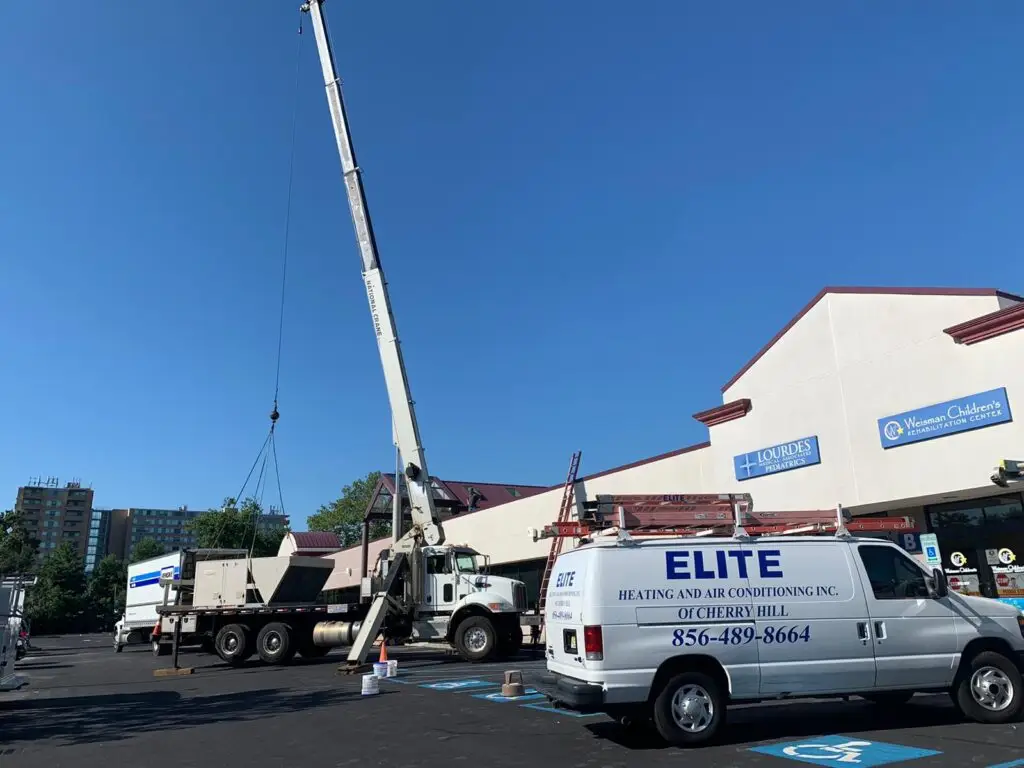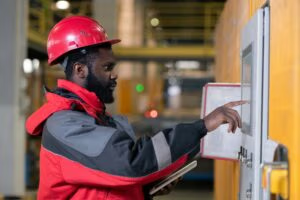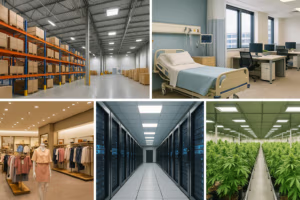Energy Recovery Ventilation: A Proven Way to Save Money in Commercial HVAC
Who wouldn’t want an energy recovery ventilation system?
Would your business like to lower its HVAC utility costs? How about operating at maximum efficiency? Does improved air quality sound like a good idea? Who wouldn’t want those benefits that an energy recovery ventilation system offers?
Commercial buildings are prime candidates for an Energy Recovery Ventilation System because they operate 24 hours a day, 365 days a year. HVAC equipment is continually putting out “conditioned” air and bringing in outdoor air.
What is an Energy Recovery Ventilation System?
Energy Recovery Ventilation Systems, ERVs for short, transfer energy from the outgoing exhaust to the incoming air.
Designed to exchange heat and moisture between incoming and outgoing air streams in commercial buildings, ERVs recover energy from the exhaust air and transfer it to the incoming fresh air. By doing so, they regulate indoor temperature and humidity levels while minimizing energy consumption.
Think of it this way.
You put a load of clothes in your dryer. The dryer heats up and sends the warm, used air outside as exhaust.
What if you took the heat in that exhaust and used it to preheat the inbound air so that your furnace didn’t have to work so hard in the winter?
What if the air-conditioned air from inside your house being exhausted outside is still cooler than the hot air that’s coming in during the summer? That cooler air could be used to lower the temperature of the inbound air so that your air conditioner doesn’t have to do as much work.
That’s what energy recovery ventilation systems do. They transfer heat energy between what is coming in and what is going out.
How Much Money Does an Energy Recovery Ventilation System Save?
The U.S. Department of Energy declares that an energy recovery ventilator can re-use up to 80% of the heat energy that otherwise would be wasted. (Sometimes, you’ll hear this referred to as “waste heat.”)
This use of “waste heat” can lower the cost of HVAC utility costs by 50% because the HVAC system doesn’t have to work nearly as hard as it would without the preheated or precooled air.
Another Benefit of ERVs: Improved Indoor Air Quality
By continuously supplying fresh outdoor air while expelling stale indoor air, ERV systems help maintain optimal indoor air quality, which is crucial for occupant health and productivity. Indoor air quality is of vital importance to many tenants, especially after the COVID-19 pandemic.
Cost Savings is Big
Studies have shown that implementing ERV systems can lead to substantial cost savings on energy bills, with potential payback periods ranging from two to five years, depending on the building size and usage. In addition, tax credits and rebates are available for the purchase of some energy-efficient equipment.
Experts have suggested that the typical energy cost for an office building is upwards of $30,000 annually.
What’s Ahead for Energy Recovery Ventilation Systems
Industry experts project continued growth in the adoption of ERV systems, driven by regulatory mandates, rising energy costs, and increased awareness of environmental sustainability. With advancements in technology and ongoing research, ERV systems are poised to become standard features in modern commercial buildings, contributing to a greener and healthier built environment.
Elite Heating and Air Conditioning knows all about Energy Recovery Ventilation Systems. We are a recognized leader in commercial HVAC systems in the region for more than 25 years.
Call us about the game-changing, proven strategy of an ERV.
No excuses. Just results!

- commercial HVAC efficiency, commercial HVAC solutions, Elite HVAC, energy recovery ventilation, energy-efficient ventilation, ERV systems, HVAC cost reduction, indoor air quality, save money on HVAC, South Jersey HVAC services


